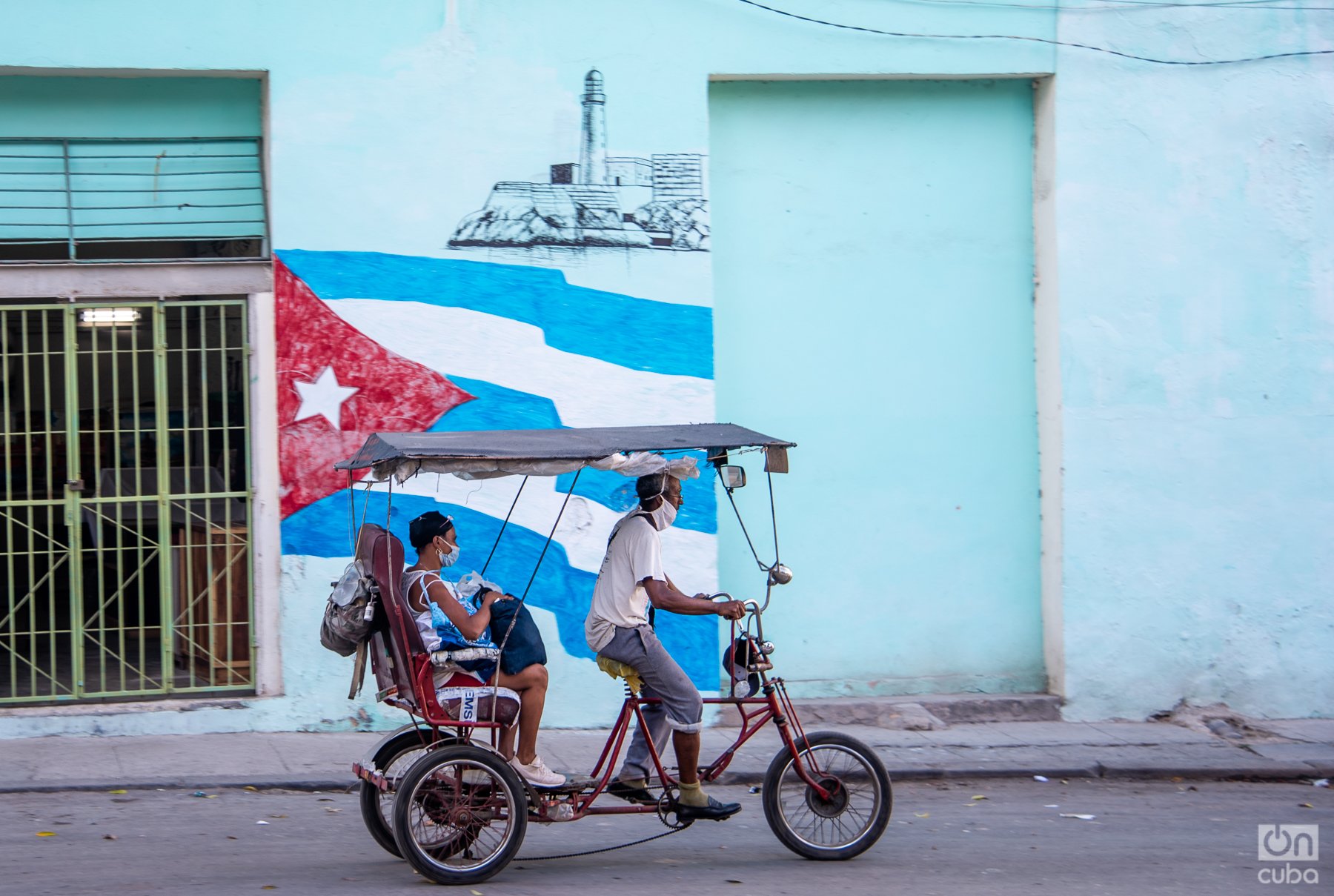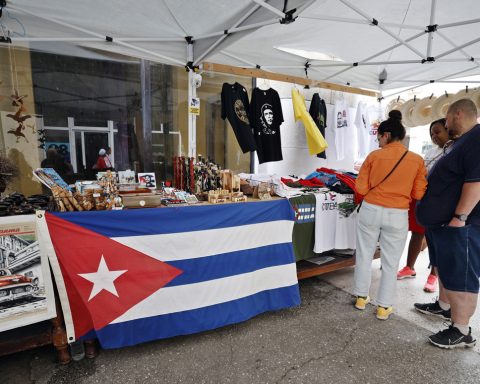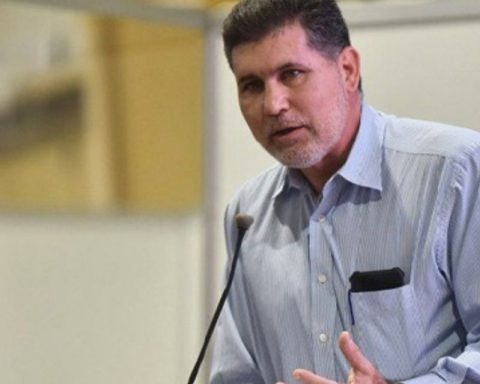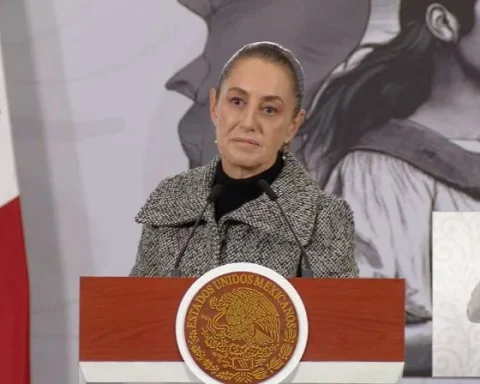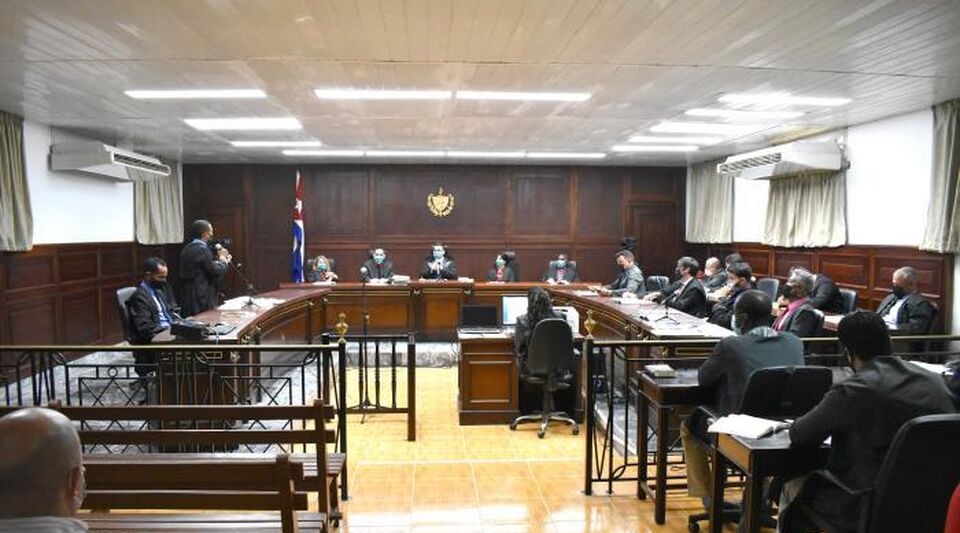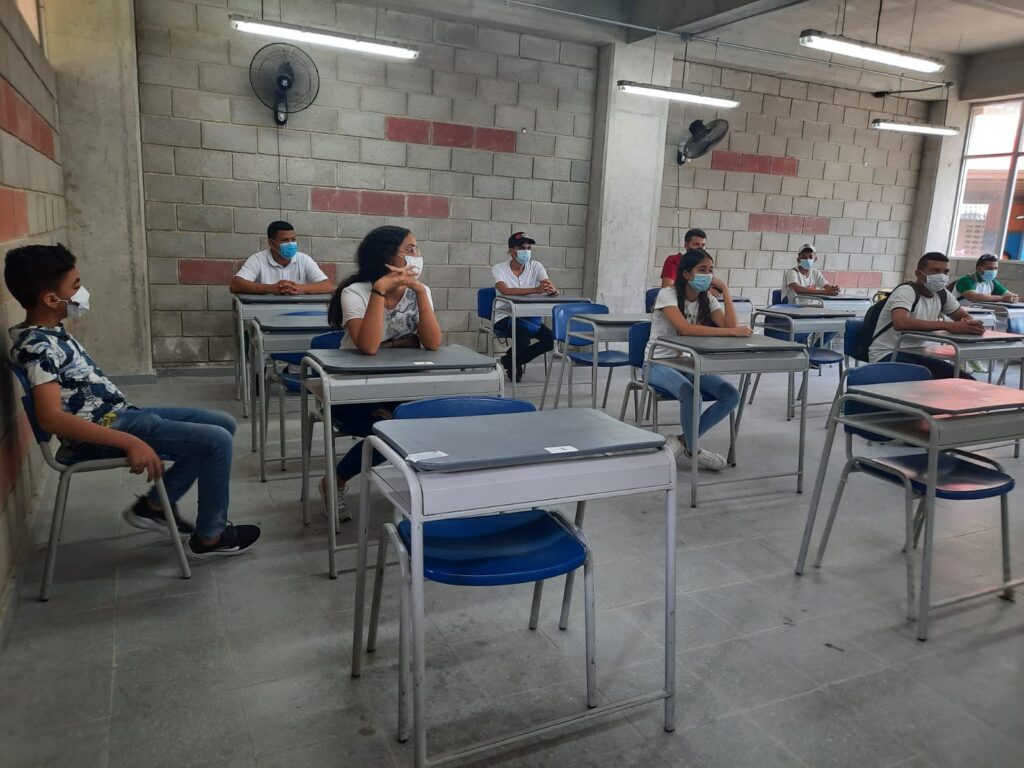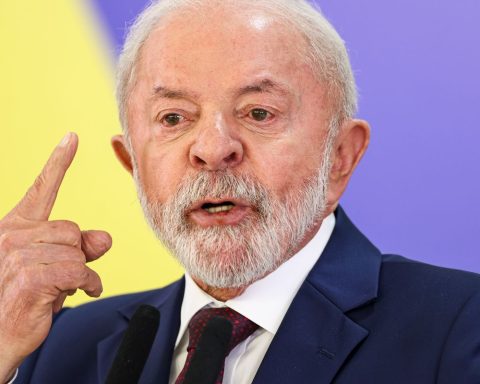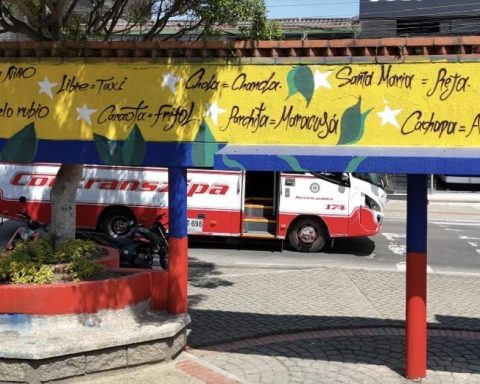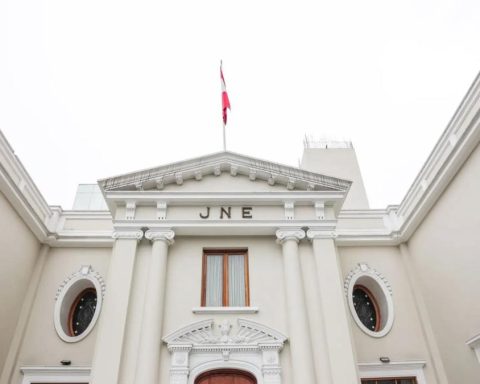The Economic and Social Guidelines opened this new stage of economic reform 11 long years ago. Later, the approval of the Conceptualization and the National Economic and Social Development Plan became another point of reference. Later, after March 2020, the update of the strategy.
In that eleven-year journey, we have seen a president of the United States publicly declare that he was convinced of the failure of the policies towards Cuba that the administrations that preceded him had put into practice since the 1960s. Meanwhile, the other two presidents who followed him have done everything possible to achieve what those administrations that preceded Obama failed to achieve. The latest of them, in that stammering style of politics that has characterized him, has eliminated a few of all the restrictions that his predecessor imposed.
Coinciding in time, the pandemic that has turned the world economy upside down taught us that we had enough strength to create vaccines that others, more powerful, could not produce. Today we have a vaccination coverage that no country in America, North and South included, has achieved.
In this time, tourism disappeared and along with it, but thanks to the “monetary order”, the CUC and the stores in foreign currency disappeared, to later appear “transformed into MLC and stores into MLC”. Meanwhile, CADECA has become a memory. The physical dollars, those that come from “outside”, do not find a space in the banks and those that are in the banks do not find a way to get out of there and reach the population. Euros have the public’s preference, as they can be converted into MLC plastic money. In the end, trying a single currency we have at least three; trying to achieve a single exchange rate, we now have at least two; Convertibility from one currency to another is not possible, at least for the public. Have we reached such extreme situations? like that in a cafeteria in terminal three of Havana’s international airport you have to pay in euros and the change is delivered in Cuban pesos, which does nothing to contribute to that aspiration to recover tourism.
The products from the stores also disappeared, from all of them. And also for some time and thanks to the innovation of capped prices, the sweet potato became invisible and almost all other food of greater rank as well. Whoever was the “national mammal” will take time to be within the reach of most pockets because the sacrifice of reproductive mothers due to lack of food has made us lose what was one of the few successes of Cuban livestock production. . Bottled water, that of the plastic bottles, is a rarity so tourists will have to get used to “water from the sink” if they leave the hotel.
The debt with suppliers appeared again, which has become heavier and does not contribute to the necessary attraction of foreign investors.
The society in which we live today has notable differences with that other in which the Economic and Social Guidelines were discussed, enriched, modified and finally approved. It is more segmented in terms of income and interests, it has grown older, its members are declining due to emigration that is difficult to control and that compromises the future if we look at the number of young people who leave.
The socialist state enterprise and development aspirations
Meanwhile, the repeated attempts to transform/improve/the socialist state enterprise have not yet yielded results, some of them close with losses, others are lost and others with excess profits not always associated with their efficiency and compliance with the plan. This situation leads us to the same questions of more than four decades ago, which should be state? How many should be left? How should this process be done? All questions that are difficult to answer when for more than fifty years it has been understood, even though there is no scientifically proven argument to prove it, that the number of state-owned companies is decisive for the economic strength of socialism.
Without a solid, dynamic, efficient state business sector, with adequate levels of productivity, it will be impossible to grow and without sustainable economic growth, the task of development will be very difficult.
And it is not that what has been happening with MSMEs is not important, today they are close to 4,000 companies. But as in other economies, MSMEs need these other major engines, to become their “customers” and “suppliers” something that does not happen in our country in the necessary magnitude or complexity.
For this year 2022 the growth goal is 4% compared to the previous year. This growth, clearly, intends to be achieved more through its own efforts, breaking in some way that old relationship of high dependence that has existed between GDP growth and export growth.
I don’t think there is much evidence of national economies growing steadily and sustainably with weak business systems. I am also not aware of much evidence showing that economic growth can be achieved without companies making profits.
If making profits is not one of the purposes of the company, even of a socialist state company, and in fact one in which life must go, then how does it manage to grow, reproduce, invest, innovate, modernize its technology, join to global trends, for example Industry 4.0? How to conquer internal and external markets? How to improve jobs and pay more wages to those who contribute to its profits, to its workers, which is one of the ways to preserve the “most valuable asset that a company has”?
What would you do if you don’t make a profit? Continue “hanging” on the state budget? From that same budget that in 2020 transferred to the “non-budgeted sector” 14,065 million pesos, this is 35% of total expenses.
It is not possible to pretend to have solid business systems without an adequate institutional framework.
By dint of detecting obstacles we have become specialists in it. It seems that we are less skilled in structuring the “rules of the game” that prevent obstacles from perpetuating themselves.
